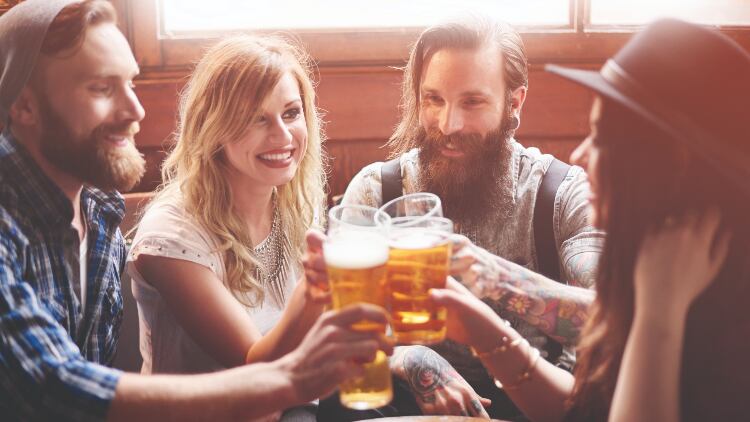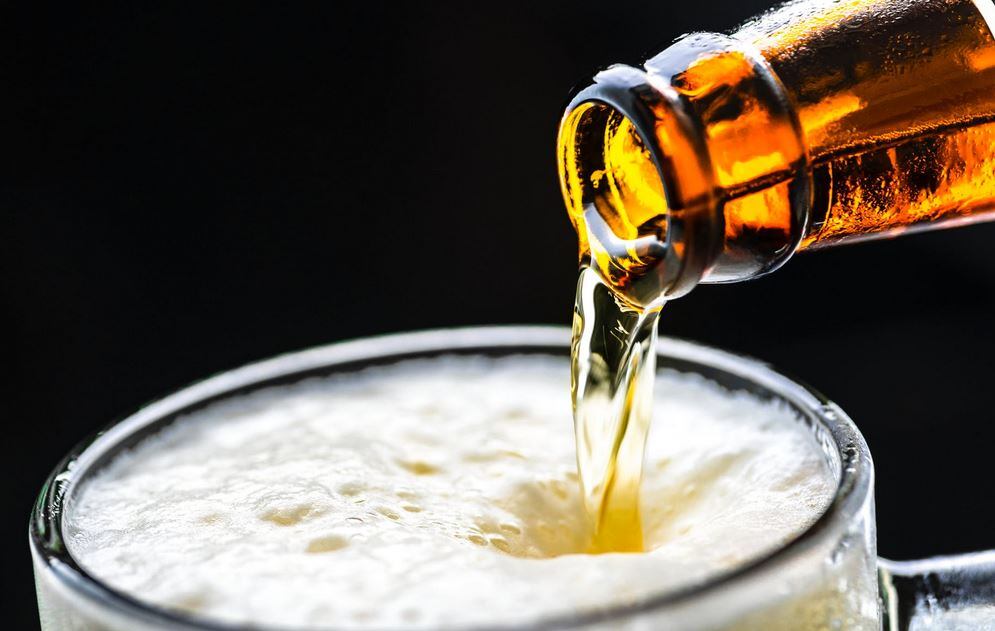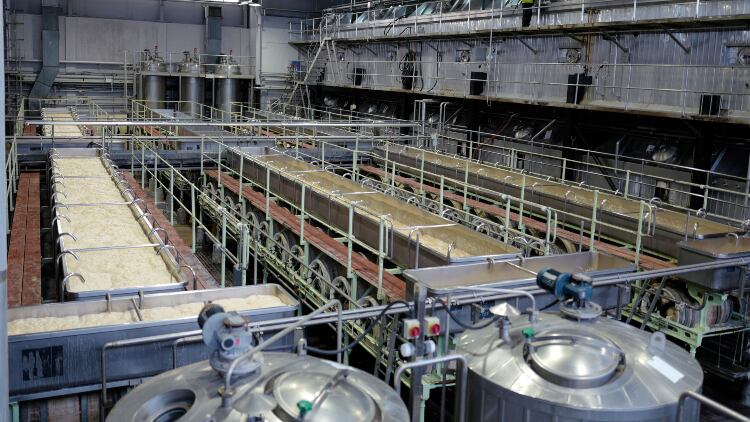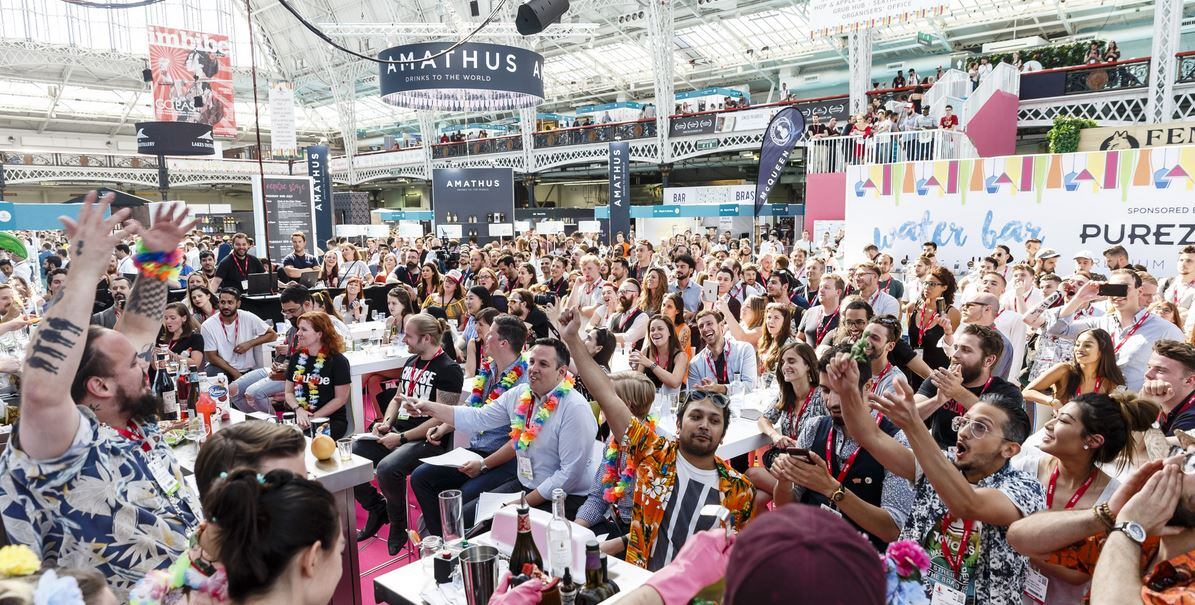Imbibe Live, the annual booze trade show, is always a great chance to catch up on trends.
With beer, cider, wine and spirits all in one room, and talks and tastings focusing on each, it tells you where the aggregate of all the exhibitors think the smart money is going to be for the next year or two.
On the basis of this year, beer seems to be coasting a bit, with little that was new. But that’s fine: I’ve kind of had enough of ‘new’ for the time being and am happy if people focus on what’s ‘good’ instead. While, cider seems to be focusing a touch more on provenance and quality rather than an endless procession of fruit flavours.
Imbibe has always leaned towards wine and spirits, and even though beer and cider are showing more strongly than they used to, the talk on the exhibition floor was around non-alcoholic cocktails, endless new gins, draught cocktail serves and cannabis-infused spirits.
But one trend transcended most categories: everything has gone pink.
Rosé wine consumption grew by more than a quarter between 2002 and 2017, and growth has accelerated sharply over the past few years. An improvement in quality and consumer knowledge has played a part, but it also became very fashionable in New York and Los Angeles, and has spread from there with no little help from Instagram. The essential drink of the past three summers, threatening to overtake Aperol Spritz, has been frosé – literally, frozen rosé wine, or cocktail variants thereof.
We all know how well gin is doing. In particular, flavoured gins racked up sales of £165m in 2018, an almost nine-fold increase on the previous year. Pink gins make up three quarters of this growth.
Launching a ‘beer for women’
Inevitably then, rosé cider – made either with red-fleshed apples or the addition of fruit – is currently the biggest cider trend in the US.
Thatchers has launched a rosé variant in the UK, and it seems sure to spread.
Does this mean we’re ready for pink beer? Pink and beer do not mix well. I’ve lost count of the number of big brands that have tried to launch a ‘beer for women’ by designing the packaging, or sometimes even the beer itself in shades of ‘girly’ pink. Women were patronised and men were embarrassed. Every time the immensity of the failure of the last one fades from memory, someone else gives it another go.
This is the trend BrewDog attempted to satirise with their ‘Pink IPA’ stunt in 2018. Some of the flak they got was perhaps a little over the top, but even supportive commentators concluded that this was a well-meaning idea, clumsily executed. The final insult was added last month when a man successfully sued the brewer for sexual discrimination, on the grounds that he had to identify as female to receive the 20% price difference that was put there to highlight the gender pay gap suffered by women.
Non-gendered drinks
So why is pink working in pretty much every other drink apart from beer? Simple: for the same reason it hasn’t worked so far in beer.
The whole success of rosé wine and pink gin is underwritten by the fact that these drinks have been de-gendered. Research suggests that the rise of non-gendered drinks is one of the most significant changes within the repertoires of Millennials and the emerging Generation Z. Flavoured ciders, rosé wines and pink gin are all being enjoyed in mixed groups by young men as well as women who are not using drinks choices to emphasise their masculinity. They look great, they taste great and no one they drink with is even thinking of suggesting that these drinks are effeminate in any way – or that it would be a problem even if they were.
That pink drinks work so well to emphasise a lack of gender differentiation in every other drink sector underlines why they don’t work as an enforcer of gender differentiation in beer. It’s clumsy and outdated. And in fact, we already do have pink beer that works: some fruit-infused gose and sour beers happen to have pink or reddish hues, and just like other pink drinks, are happily enjoyed by all genders who appreciate their flavour. Yet more proof that you don’t sell beer to men or women: you sell beer to people.




